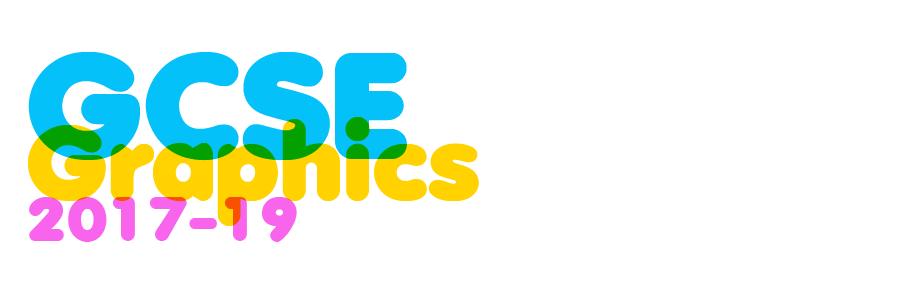Objective
For AO3, you need to evidence that you can record observations, insights and ideas relevant to your work as it progresses.
You will need to evidence that you have looked at the world around you and recorded your findings. You can do this in many ways, drawing, painting photography and written notes.
You can show your recording skills in many ways depending on where you are in the project. Feel free to use any medium you wish (even driwing digitally using the tablet and pen) and a combination.
Look in the presentation above for ideas.
The basic gist is that your outcome should be 2+ double page spreads in your book full of drawn observations and ideas. Show your exploration and playfulness. Just draw, draw, draw!
Magazine design
Draw a cover designs with as much detail as you can, draw out some ideas for type, photograph and experiment with Photoshop.
CD, Album cover design
Draw elements of iconography from the lyrics, draw band members, draw a few cover designs, draw out some ideas for type,
Childrens' picture book cover / Game cover design
Design a character, create a landscape that the game might take place in, draw out some ideas for type,
Checklist for assessment
Full, bustling pages / detail / obvious investment of time / different approaches to drawing
Time needed
7 hrs+
Deadline
Start of lesson, Tuesday 4th of June.
Here's a little tip. Don't let your brain trick you into giving up as soon as your reach your first drawing hurdle. Keep on going and make a busy, messy drawing if you wish. Just don't throw away until all avenues have been exhausted. If you are drawing a load of smallish drawings, cram your page with examples. You will be amazed at how effective they look all huddled together.



